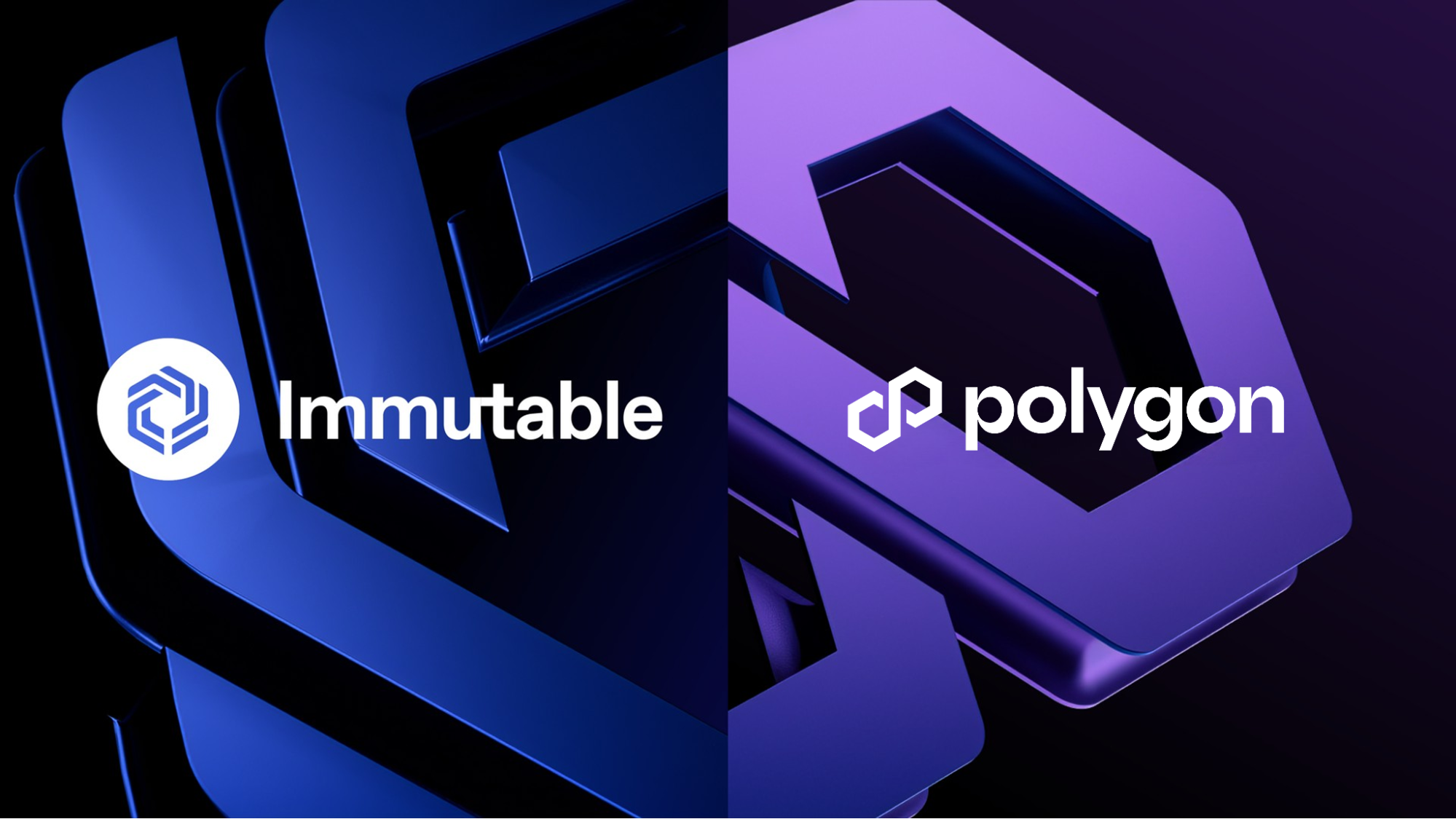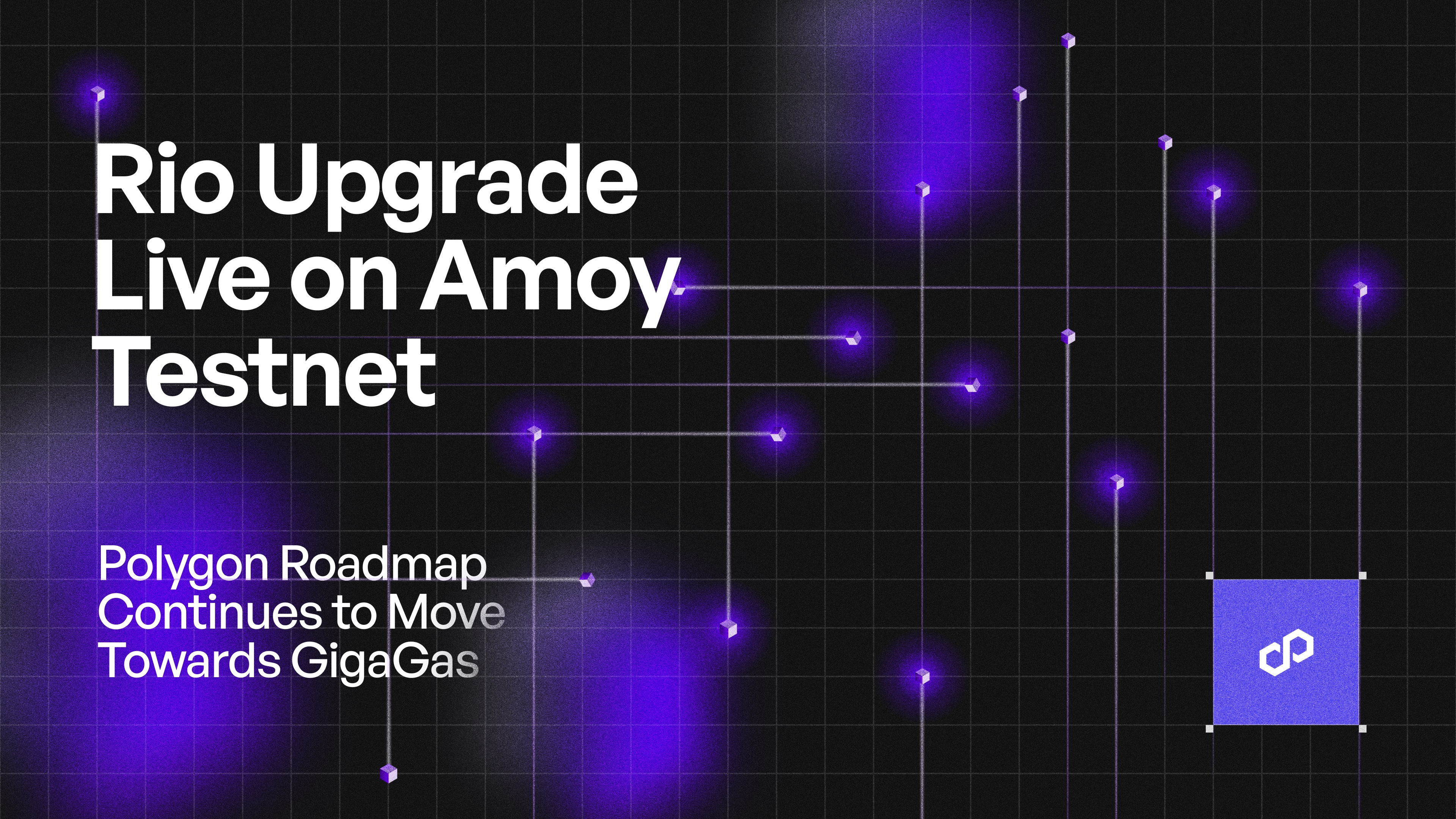Rethinking Play-to-Earn: What Comes After Crypto Cats, NFT Shoes and Overpriced Monsters
The hype over P2E has come and gone, so it is time to take stock: what worked, what didn’t and what potential still remains untapped

Ever since the first Pong ball went skittering across the screen more than 50 years ago, video games have steadily expanded their cultural impact. Introduction of the free-to-play model has dramatically expanded the playing audience across ages and genders, addressing the long-standing criticism of games as a medium for childish toys and adolescent power fantasies. Play-to-earn held out an even greater promise.
For players: true digital ownership, a share of the value generated by the games and a say in how they get created; for developers: better and fairer monetization mechanics, incentive alignment with the users and a way to bootstrap development without relying on VC money. The hype over P2E has come and gone, so it is time to take stock: what worked, what didn’t and what potential still remains untapped.
A Brief History of Play-to-Earn
It all begins with cats; this is the Internet after all. CryptoKitties first rang the bell in late 2017 when NFTs of its breedable, tradeable pets fetched six figures. Axie Infinity took the model to new heights with a comprehensive strategy around marketing, hype, and execution, as well as a sophisticated NFT-to-token economy. For one hot second, the game had millions of daily users and a token with a market capitalization of around $10.5 billion.
Many projects were inspired to copy and adapt Axie Infinity’s core mechanics. STEPN, a move-to-earn app that rewards users for walking, jogging or running, applied the model to fitness. The game centers on Shoe NFTs that players use to earn tokens by moving in the real world, until the shoes wear out and require repairs that are paid for with the same tokens.
As both Axie and STEPN tokens plunged to a fraction of their peak price in the bear market, reward economics that powered game engagement broke, resulting in an exodus of users. These dynamics exposed the fragility of a model that relies excessively on financial incentives and raised the question of what’s next for P2E.
Gameplay Enhanced by Tokenomics, Not the Reverse
Even at the peak of its popularity, Axie Infinity players readily admitted that the game was, well, not very fun. P2E games are often derided as “yield farming with extra steps” because many of the early titles had their roots in the world of decentralized finance (DeFi). More often than not, this meant that games were built on top of financial principles with actual gameplay as an afterthought.
All of the P2E innovation in economics incentives, digital ownership and monetization is for naught if the games do not follow basic ludic principles. Gameplay must offer a challenge that tests the player’s ability just so. Too hard and the result is frustration, too easy -- boredom. And the difficulty must scale dynamically as the player’s skill improves. These are the fundamentals of what psychologist Mihaly Csikszentmihalyi called flow, a mental state of complete immersion in an activity experienced not only by gamers, but also athletes, musicians and artists.
When money enters the core game loop, gameplay can suffer. Hamfisted attempts at monetization create play-to-win dynamics so despised by gamers. They are the reason for much of the backlash against crypto from mainstream players, according to Delphi Digital.
Good gameplay is a powerful mechanism that grants a token in-game value. While pay-to-play, free-to-play, and play-to-earn can be considered different monetization models, it really comes down to the fun and stickiness of a game for driving long-term engagement. The gameplay incentivizes people to hold or stake a token; it is not about the income alone. The bottom line is, make it fun first, then make it pay.
Live by the Token, Die by the Token
Ponzinomics is a wonderful Web3 neologism that describes ponzi scheme-like inflationary token economics that require a constant influx of new players to maintain the value of incentives. It is also the reason why so many P2E games are vulnerable to token price fluctuations and struggle to generate long term engagement.
Here are three approaches that projects can use to harness the power of token incentives while also creating balanced and resilient in-game economies: stablecoins, treasury-backed inflation, fully or partially-funded rewards emissions.
Stablecoins, which are typically pegged to a major currency like the U.S. dollar and see little fluctuation in price, can serve as an alternative to a volatile native token for powering a game. For example, Web3 card game Skyweaver uses the USDC stablecoin on the Polygon network as the main medium of exchange. This model shields the game from price fluctuations, but also limits the potential upside to investing early and, without inflation, can result in less dynamic economic environments.
One way to balance inflation and economic stability is for the game’s token to be backed by the project’s treasury. Revenue streams from in-game sales or transaction fees can be used to buyback tokens or to fund market-making and increase liquidity depth. New token emissions can be pegged to the project’s revenue, so circulating supply only increases if the treasury has the revenue to support it. Price support on the token creates a more stable token economy that can grow sustainably over time.
The Superlayer Perspective
At Superlayer, we see an opportunity in making the inherent transactional demand equate to healthier token economies. For example, in a shop-to-earn rewards app, actual revenue generated from brands and affiliate programs can get applied to create buy pressure on the token economy. Rather than relying on speculative value determined by volatile markets, the key to success is figuring out how to add revenue streams that can be funneled into a token economy.
Superlayer is executing on these ideas in collaboration with Polygon Labs. We are developing a gaming loyalty and discovery platform on the Polygon network. The features include a unique revenue-backed token model to reward people for playing games, a user-friendly wallet generation feature to securely store and manage earned tokens, and a low stakes on-ramp to Web3 for gamers all around the world. The project is in stealth mode, targeting alpha release in April. Stay tuned!
About the author: Eric Guan is the Head of Token Economics at Superlayer, the leading Web3 venture studio, where his responsibilities include managing Web3 economy design across all projects. He previously worked in insights and analytics at Riot Games and research at the University of Chicago. Eric is fascinated by the intersection of virtual worlds and economics. He studied economics and mathematics at the University of Chicago, graduating with honors.
Learn more about what Superlayer can do for your project, check the Polygon blog and tune in to our social channels for the latest from the Polygon ecosystem.
Together, we can build an equitable future for all through mass adoption of Web3!
Website | Blog | Twitter | Developer Twitter | Telegram | Reddit | Discord | Instagram | Facebook | LinkedIn







%20(1).png)

.png)


.png)
.png)
.png)


